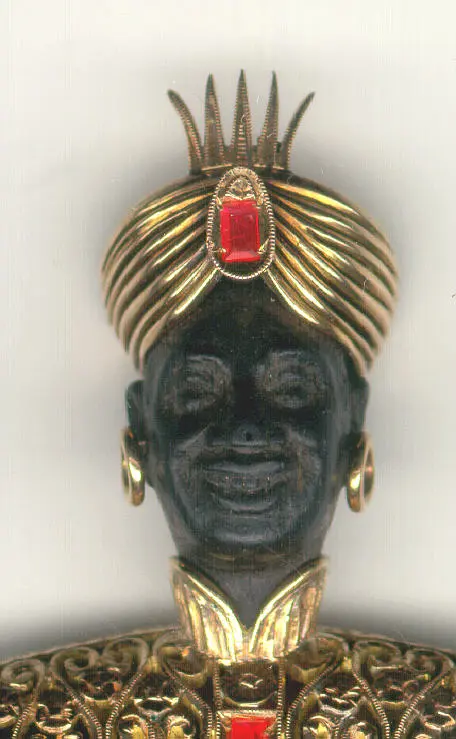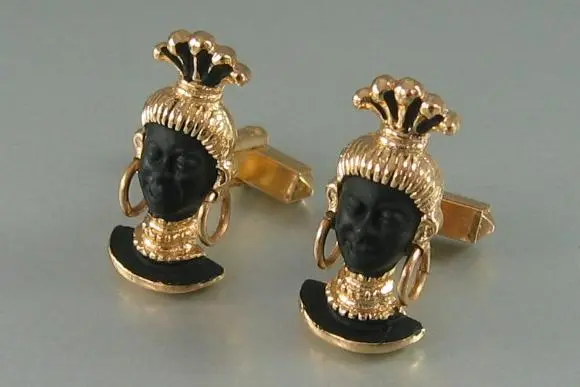This is the image which has been handed down to us of one Franz Joseph Haydn:

Thomas Hardy's Painting of Joseph Haydn
Who was Joseph Haydn?
(Franz) Joseph Haydn[1][2] (March 31, 1732 – May 31, 1809) was an Austrian composer. He was one of the most important, prolific and prominent composers of the classical period. He is often called the “Father of the Symphony” and “Father of the String Quartet” because of his important contributions to these genres. He was also instrumental in the development of the piano trio and in the evolution of sonata form.[3][4]
Part and parcel of Haydn’s formal mastery was his famous sense of humor, his feeling for the unpredictable, elegant twist. In the Symphony No. 94 (“Surprise”) (1791), the composer tweaks those audience members who typically fall asleep during slow movements with the sudden, completely unexpected intrusion of a fortissimo chord during a passage of quietude. Haydn’s pictorial sense is much in evidence works like his epic oratorio The Creation (1796-1798), in which images of the cosmos taking shape are thrillingly, movingly portrayed in tones. By one estimate, Haydn produced some 340 hours of music, more than Bach or Handel, Mozart or Beethoven. Few of them lack some unexpected detail or clever solution to a formal problem.
So, what is wrong with this depiction of Joseph Haydn?
Haydn was initially contracted by Prince Paul Anton II of the House of Esterhazy…but the story of how he came their employ is illuminating. Louis Charles Elson and Ignace Jan Paderewski, in Modern Music and Musicians, wrote:
“To realize every ambition permitted to a musician in the 18th century Haydn lacking nothing but official standing – a permanent position in the employ and attached to the household of some great dignitary. This consummation, without which neither the family nor pupils of Haydn would have regarded him as un homme arrivee, was long in coming. He was already 27 years old when, in 1758, the Bohemian Count Ferndinand Maximillian Morzin attached him to his household as second kapellmeister. In 1759 he wrote for the count the First Symphony in D major. Prince Esterhazy assisted at the performance, applauded, and demanded that Count Morzin should give him his kapellmeister. Haydn was transferred thus by word of mouth, without his presence; but Prince Esterhazy forgot to demand him, and Haydn, notwithstanding his desire to enter this noble house, which was a patron of art, stayed some months longer with Count Morzin.
Finally Freidberg, director of the orchestra for the prince and a great admirer of Haydn, advised him to write a symphony to be performed at Eisenstadt before the court of the Magyar assembled in the great salle de fetes.
Eisenstadt – Esterhazy Castle
In the middle of the allegro the prince stopped the musicians and asked who was the author of this work. “Haydn,” said Freidberg. “But he belongs to my house. How is it that I have not seen him yet?” “He is here.” And Freidberg pushed the composer, trembling with emotion, before the great Hungarian lord. Now occurred a repitition, but an intended one, of the scene with the Countess of Thun, and Haydn recounted the story of this presentation with less cheerfulness than that of the first, notwithstanding his devotion to the Esterhazy family, whose servant he was for thirty years.
Where the noble lady had showed discreet surprise, the Magyar was seized with a violent fit of laughter before this little man with the dark-colored face. “Is the music truly by this Moor? Well, well black-a-moor, from this day thou dost belong to me. But I do not like to see thee thus. Thou art a dwarf; thy face is piteous. Dress thyself like a kapellmeister; get a new suit, a buckled wig, red band, and red heels; and take care that the heels are high, because thy stature should correspond with thy merit.”
On the following day, March 20, 1760, Haydn possessed the title and wore teh costume of second kapellmeister, but familiarly and up to the death of the first kapellmeister, Werner, whom he replaced, he was known as the chamber musician, not forgetting the sobriquet of “Moor,” which his jealous confreres were careful should not fall into disuse.”
Was the Father of the Symphony and the Father of the String Quartet a “blackamoor,” and if so, what did he really look like?
Was Prince Paul in error? Did he mean “black” in the same sense that people understand the term today? Did he have eye trouble? The Prince was an accomplished military leader and one-time diplomat to Naples. Surely he knew about the Moorish Marketplace in Naples. Surely he was familiar with regions like Puglia which was invaded by North African armies centuries earlier. If nothing else, he must have seen the decorative jewelry that was so popular in Europe.

If not this face, then perhaps the Prince had something else in mind.

How could the painting from Thomas Hardy be so far from the image described by Prince Paul Anton II?
Perhaps we’ll never know, but what we do know is the pieces of the puzzle do not fit. The African presence in Europe has always been significant. However over the past few centuries, many European and American scholars have seen fit to bury the past. From the tenor of their research, it seems as though their self-concept is at war with the historical record.
I can’t say what this particular giant of the European classical music tradition looked like, but I’m sure it was far different from what we’ve seen.
Thank you for this information. I am making a note to show to my music students who will be greatly honored to know that Hadyn and Beethoven were of their ancestry. The lies must end at some point. Here it is the 21st. Century and lies are still being told about our Moorish ancestry and the musical accomplishments we’ve achieved. How many other lies out there that need uncovering?